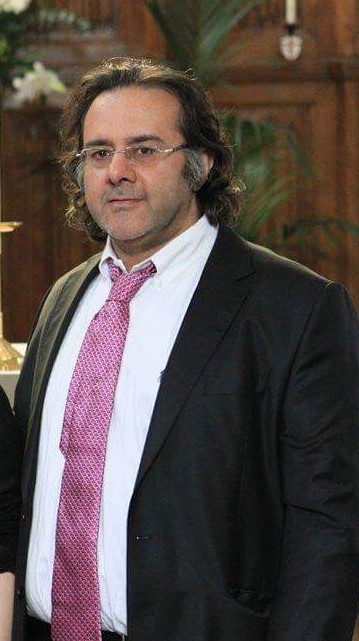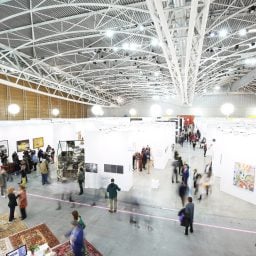Vishni Art Advisors and Consultants is not for everyone—and they’re proud of it.
The London-based advisory, which specializes in Indian contemporary art, believes that specificity is what sets it apart. Founded by Dev Bhojwani, VAA&C aims to offer objective, researched, and straightforward advice to both potential and existing investors in the contemporary Indian art market—a field that can be opaque to those unacquainted with its nuances, and tricky to navigate even for seasoned collectors.
Rather than offer its two cents on which artists to keep an eye on, the advisory assembles scholarly expertise and market data on artists who clients have expressed interest in. Its approach likewise factors into account fluctuations in the Indian art market, for both buyers and sellers.
Recently, we spoke with Bhojwani about the risks and rewards of collecting Indian art.
How did you become interested in art and why did you decide to open an advisory?
I’ve been interested in Indian art and antiques since I was in my mid-20s (a long time ago!) and I’ve been collecting sporadically. I trust my own taste—art is subjective, right?—but I did notice the absence of truly unbiased art advisors and consultants for Indian art. What I came across were individuals and companies who were eager to “advise” by selling stock from their own collection or from the collections of galleries and artists that they had commercial agreements with. I figured there was a niche for a transparent, insured, and “lawyered-up” advisory.
What are some of the pitfalls of collecting Indian art?
The pitfalls are the same for buying any art: beware of fakes! And, in the case of Indian antiques, beware of buying pieces that have been illegally acquired.
What are some of the precautions collectors can take?
Ensure you inspect the lot you’re interested in, in person. Make sure you purchase the work in a jurisdiction that has a long-standing and reputable legal framework for breaches of contract or if you’re sold a fake. Most importantly, make sure the vendor can guarantee that the work is genuine and of unambiguous provenance.
What sets your advisory apart?
VAA&C is about as unbiased as an advisory is likely to get. Our focus is on providing clients—private and commercial—with an assessment on whether an artist’s work is worth the “sticker price.” We don’t tell clients what to buy; we advise them on what we think is a fair price on something they want to buy. Ultimately, it’s the client’s money and they can decide either way.
We place a premium on sound legal and commercial footings. We’re insured by Hiscox to conduct business worldwide and we work with reputable attorneys and law firms: Leila Amineddoleh at Amineddoleh and Associates LLC in the U.S and Daniel Tozer at Keystone Law in the U.K. Our clients can rest assured that we might advise on Indian art, but we’re not cowboys!
Is collecting art for investing purposes something you’d recommend? Is it successful?
Investing in art is not a guaranteed path to riches. While some investments are definitely successful, the majority aren’t. Investors are advised to carry out due diligence. The last thing you want is a work of art that’s depreciated. One alternative would be to limit your exposure by investing in an art investment fund and let the general partner/managing partner of the fund diversify your risk and investment. In the interest of full disclosure, I’m the managing partner of Vishni Art Partners LLC, which manages the Vishni Art Fund, which invests in Indian art and antiques.
What advice would you give a first-time collector?
Buy what you like, not what the galleries and art publications tell you to like. The art world is full of unctuous shysters out to pull the wool over your eyes. Visit art fairs (when safe!), check out the auctions, and read the relevant publications. You’re just as likely to pick up a beautiful work of art for 500 rupees from the pavements outside the Jehangir Art Gallery in Bombay as you are at an auction. Bargain hard!
Who are some of the contemporary Indian artists you’re watching?
I can’t name artists whose work I collect because I don’t want to be accused of pumping up their value, unfortunately. However, I don’t own the work of Ramkinkar Baij, a painter and sculptor whose work brings into focus rural India. I would one day like to own one of his pieces but his work rarely comes up for sale.







